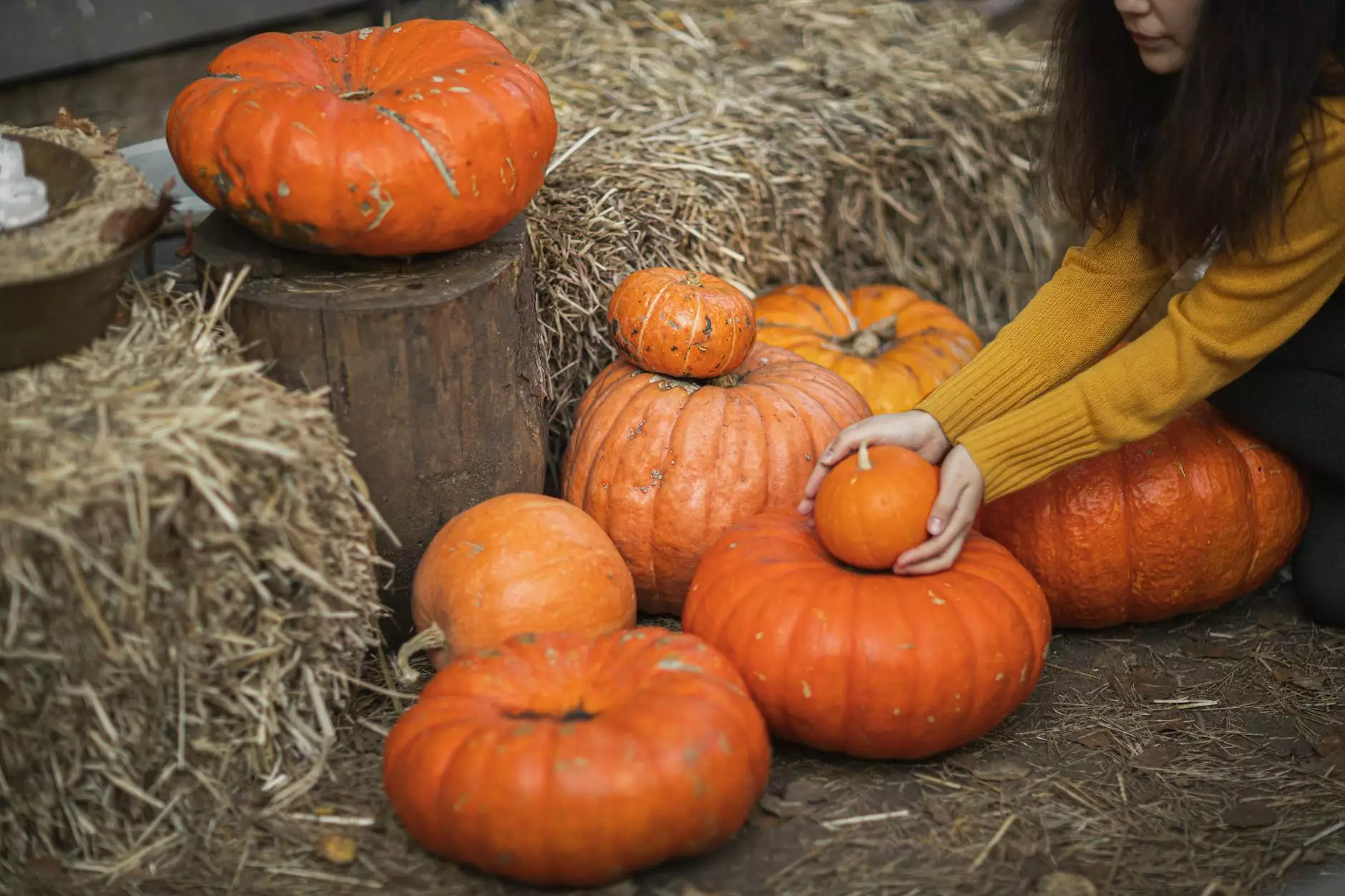White Rabbit's Foot Fern - Humata tyermanii

Introduction
Welcome to the world of the White Rabbit's Foot Fern - Humata tyermanii, a mesmerizing and captivating plant that adds a touch of elegance and natural charm to any environment. Cutting Hedge Services is delighted to present a comprehensive guide on this unique species, providing you with all the knowledge and tips you need to cultivate and maintain a flourishing White Rabbit's Foot Fern.
Description
The White Rabbit's Foot Fern, scientifically known as Humata tyermanii, is native to lush rainforests and tropical regions. With its delicate, intricately textured fronds and distinctive furry rhizomes resembling a rabbit's foot, this fern is a true marvel of nature. Its bright green foliage, soft to the touch, creates a visually stunning display that enchants both indoor and outdoor spaces.
Growing Conditions
To ensure optimal growth and health of your White Rabbit's Foot Fern, it is crucial to provide the right growing conditions. This fern thrives in moderate to bright indirect light, avoiding direct sunlight which can scorch its delicate leaves. Keep the temperature range between 60°F (15°C) and 75°F (24°C) and maintain a humidity level above 50% to mimic its natural rainforest habitat.
When it comes to soil, the White Rabbit's Foot Fern prefers a well-draining mix that holds moisture while allowing excess water to pass through. A mixture of peat moss, perlite, and loamy soil provides an ideal growing medium. Regularly check the soil moisture level and water the fern when the top inch of soil becomes slightly dry.
Watering and Feeding
Proper watering is essential for the White Rabbit's Foot Fern's well-being. Aim to keep the soil consistently moist, but not soggy. Water thoroughly until excess water drains out from the bottom of the pot, ensuring the roots receive adequate hydration. Avoid overwatering as it can lead to root rot, while underwatering may cause the plant to wilt and suffer. Adjust the watering frequency based on factors such as humidity and temperature.
As for feeding, a balanced liquid fertilizer diluted to half strength can be applied every two weeks during the growing season (spring to summer). This helps provide essential nutrients that facilitate healthy growth and vibrant foliage. During the dormant season (fall to winter), reduce the feeding frequency to once a month.
Propagation
The White Rabbit's Foot Fern can be propagated through division or spores. Dividing the plant is the easiest and most effective method. Carefully remove the fern from its pot and gently separate the root mass into smaller sections, ensuring each division has healthy fronds and roots. Repot the divisions in suitable containers with fresh potting mix and maintain appropriate growing conditions.
Propagation from spores requires patience and attention to detail. Collect mature fronds bearing spore-filled sori and carefully place them in a closed container to capture the spores. Sprinkle the spores onto a prepared growing medium, such as a mix of peat moss and perlite, and cover them lightly. Maintain high humidity and warmth to encourage spore germination. Once the tiny ferns appear, provide them with gentle care until they are ready for transplantation.
Pests and Diseases
While the White Rabbit's Foot Fern is generally resilient, it can occasionally face pest infestations or diseases. Monitor the fern regularly for signs of common pests like aphids, spider mites, or mealybugs. If detected, treat them promptly with natural or appropriate insecticidal solutions. Additionally, ensure good air circulation, avoid overwatering, and provide adequate spacing between plants to minimize the risk of fungal diseases.
Conclusion
With its intriguing appearance and relatively low maintenance requirements, the White Rabbit's Foot Fern - Humata tyermanii is a remarkable addition to any plant enthusiast's collection. By following the guidelines provided by Cutting Hedge Services, you can cultivate a thriving and visually stunning fern that will bring joy and beauty to your surroundings for years to come. Begin your journey with this enchanting plant today and experience the wonders of nature within your own home or garden.




